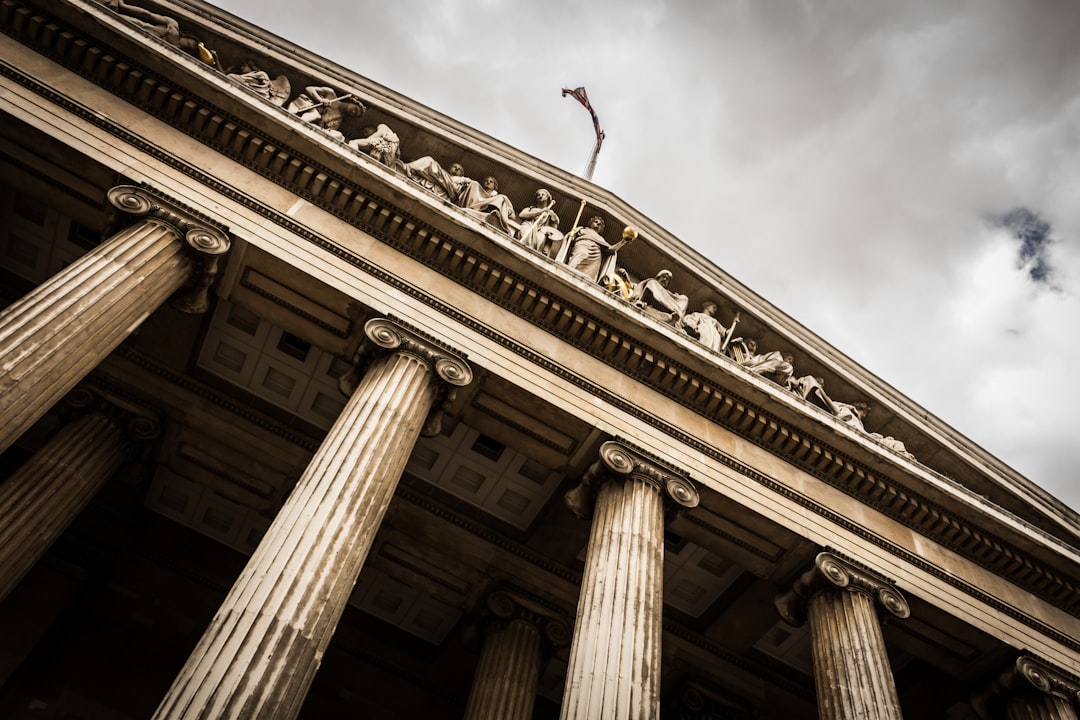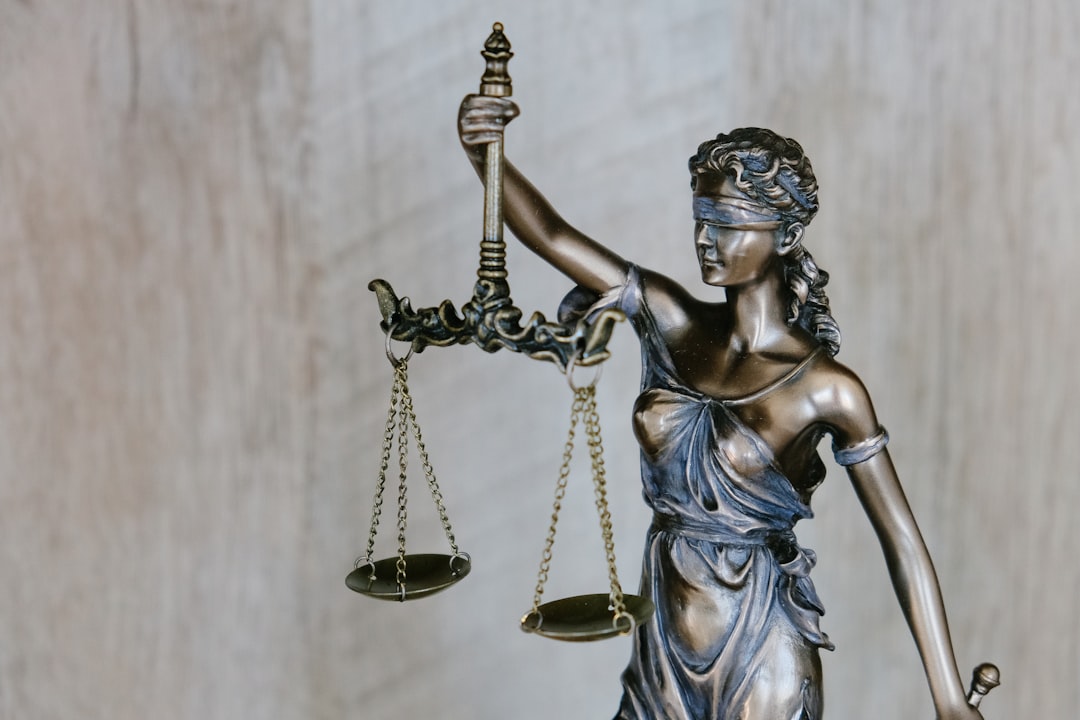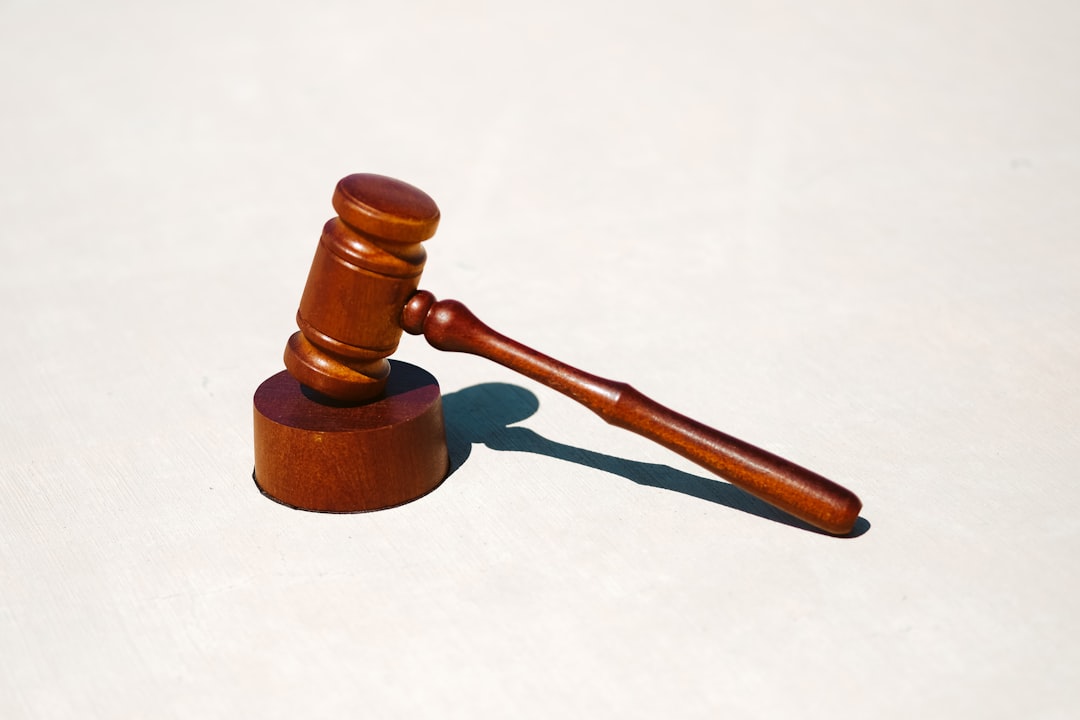Hair and fiber analysis is a critical forensic tool for rape law firms in Washington, providing tangible evidence to support victim testimonies and strengthen cases. Advanced technologies like DNA profiling enhance accuracy, but challenges include contamination and subjective interpretation. In Spokane, these techniques are leveraged to secure justice, with successful prosecutions resulting from matching hair fibers at crime scenes and connecting multiple incidents. Future advancements promise to revolutionize rape case outcomes through precise evidence collection.
In Spokane, Washington, hair and fiber analysis is transforming the landscape of sexual assault cases. This powerful forensic tool examines minute particles left behind at crime scenes, offering crucial insights into potential assailants and their victims. Understanding these techniques empowers local rape law firms to build stronger cases, provide justice for survivors, and challenge the limitations of traditional evidence presentation. With successful outcomes in mind, exploring these methods is key to advancing forensics in rape investigations across Washington state.
Understanding Hair and Fiber Analysis Techniques

Hair and fiber analysis is a powerful tool used by forensic scientists to assist in rape investigations, offering unique insights into potential suspects and their involvement in a crime. In Spokane, Washington, rape law firms often rely on these techniques to build strong cases for their clients. This method involves examining and comparing hair and fiber evidence found at the crime scene to those collected from the accused or other individuals of interest.
Forensically, hair can be analyzed to determine its origin, with unique genetic markers allowing experts to identify if it matches a known individual. Fiber analysis, on the other hand, focuses on microscopic fibers attached to clothing or other materials, which can provide crucial links between suspects and crime scenes. These techniques have evolved over time, employing advanced technologies like DNA profiling and digital imaging to enhance accuracy and reliability in rape cases.
How This Evidence Helps Spokane Rape Victims

For victims of sexual assault, the journey towards justice can be incredibly daunting. In Spokane, Washington, hair and fiber analysis is providing a powerful tool to support rape victims and strengthen their cases. This scientific method helps establish a physical link between the perpetrator and the crime scene, which is crucial in rape investigations. By examining hair strands and fibers left behind, experts can identify unique characteristics that match suspects or even provide evidence linking them to the victim.
This type of analysis offers several advantages for rape law firms in Washington. It provides concrete evidence that can corroborate a victim’s story, making it more difficult for prosecutors to challenge their testimony. Moreover, hair and fiber samples can be collected from various sources—clothing, bedding, or even environmental areas—to build a compelling case. This method not only helps ensure the conviction of perpetrators but also brings peace of mind to victims knowing that their ordeal is being taken seriously and backed by scientific evidence.
Challenges and Limitations in Courtroom Presentations

Hair and fiber analysis, while powerful tools for identifying suspects in rape cases, face significant challenges and limitations when presented in court. One of the primary issues is the potential for contamination during collection and handling, which can lead to inadmissible evidence. This is particularly concerning in sensitive sexual assault cases where proper protocols must be rigorously followed to maintain the integrity of physical evidence.
Moreover, interpretations of hair and fiber matching can be subjective, relying heavily on expert testimony. Rape law firms in Washington must carefully navigate this by ensuring experts have robust training and experience to provide clear, unbiased analysis. The complexity and nuanced nature of these presentations require a deep understanding of both forensics and legal procedures to effectively communicate the significance of the evidence to judges and juries.
Success Stories: Washington Rape Law Firms Utilize These Methods

In Spokane, Washington, rape law firms have been leveraging the power of hair and fiber analysis to achieve justice for their clients. These innovative methods have proven invaluable in building strong cases, often resulting in successful prosecutions. For instance, hair fibers found at the scene of a crime can match the victim’s or suspect’s hair, providing concrete evidence that strengthens the prosecution’s argument. Similarly, fiber analysis has helped identify connections between different crime scenes, linking suspects to multiple incidents and enhancing their credibility as key pieces of evidence.
Washington rape law firms are utilizing these techniques to navigate complex legal landscapes and secure positive outcomes for victims. The accuracy and reliability of hair and fiber analysis have been instrumental in convicting perpetrators and ensuring that justice is served. As a result, many survivors have found closure and received the compensation they deserve thanks to the relentless efforts of these law firms and the scientific methods they employ.
The Future of Forensics in Sexual Assault Cases

The future of forensics in sexual assault cases is bright, with advancements in technology and science constantly enhancing the accuracy and reliability of evidence collection. In Spokane, Washington, rape law firms are increasingly utilizing hair and fiber analysis as a powerful tool in their investigations. This method has proven invaluable, providing unique and intricate details that can connect suspects to crime scenes and victims.
As forensic techniques evolve, the potential for these strategies to revolutionize rape case outcomes becomes apparent. With dedicated professionals and cutting-edge technology, the legal system is better equipped to secure justice for survivors, ensuring that evidence collection and analysis are as robust and precise as possible. This approach not only strengthens the prosecution’s case but also contributes to a more efficient and effective criminal justice process in Washington and beyond.






